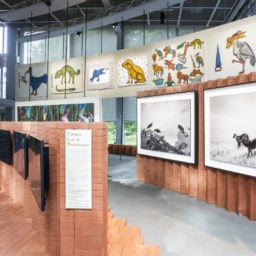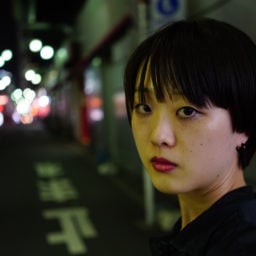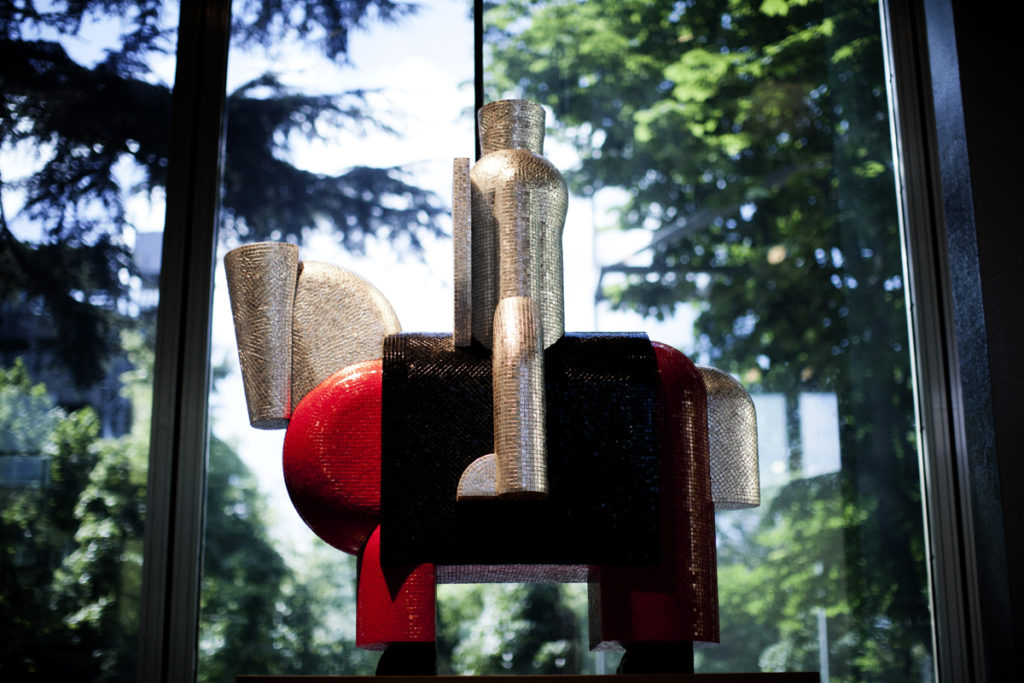

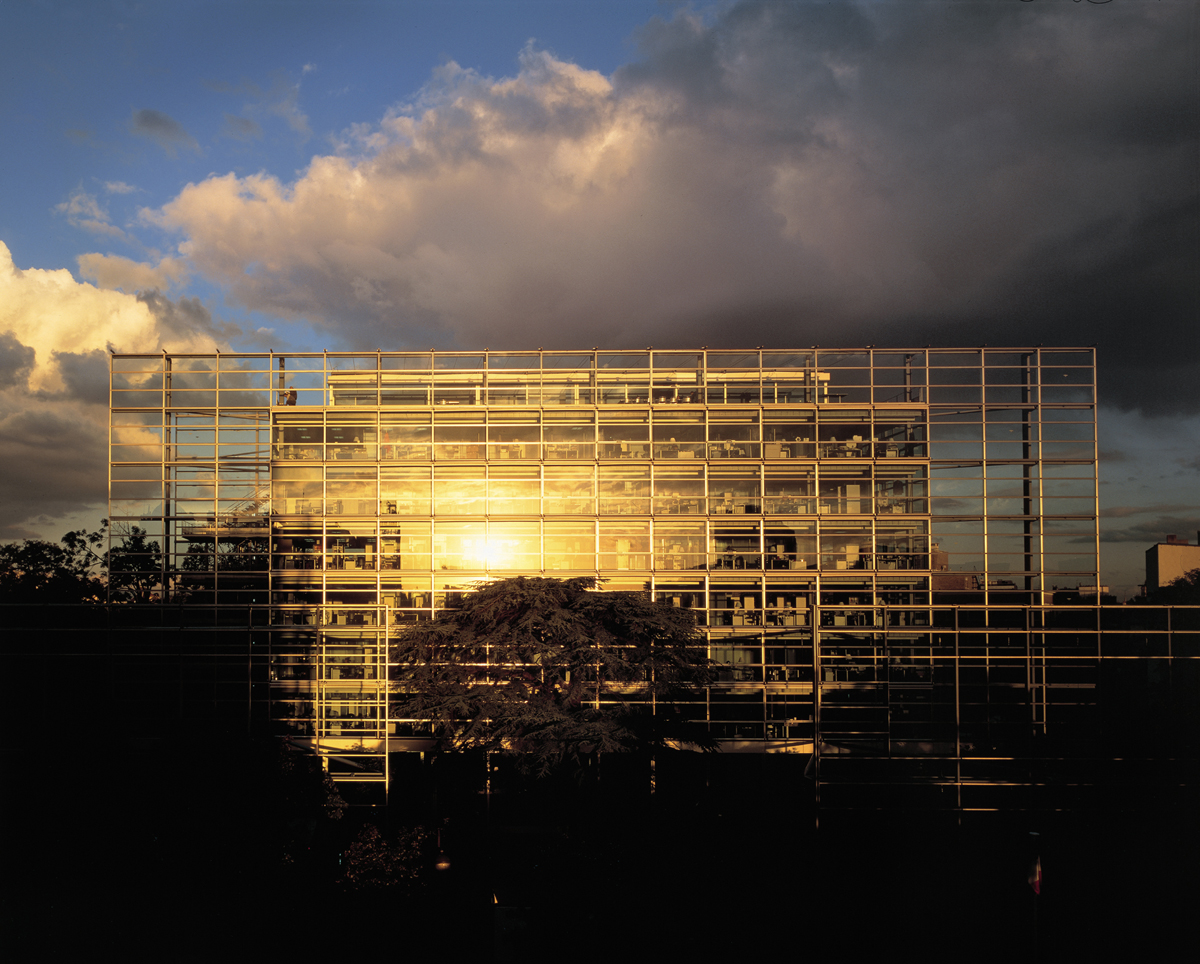
View of the building, Fondation Cartier pour l’art contemporain, Paris, 2013
© Jean Nouvel / Adagp, Paris
Photo : © Luc Boegly
It is no surprise that Cartier president Alain Dominique Perrin came up with the idea of a free legal service when he first thought about how to help contemporary artists. The counterfeit goods market was booming in the early 1980s, and the jeweller and watchmaker, like most popular luxury brands, was a prime target. But it didn’t work out. Artists were simply not interested. Eventually, the sculptor César took the patron aside and said: “Listen, you are a nice guy, but I would rather you set up something where we can show our work.”
In 1984, the Fondation Cartier opened its doors in the country estate Domaine du Montcel, in Jouy-en-Josas, half an hour drive south of Paris. It was then one of the first private foundations of its kind in the country. And to this day, the Fondation Cartier remains a benchmark. The organization is now marking its 30th anniversary with a celebratory group exhibition, Mémoires Vives, and a rich event programme held at its Jean Nouvel-designed building on Boulevard Raspail in Paris, where it relocated in 1994. The show has the air of a family album: it gathers works by artists that have been involved with the foundation, most of them over periods of years, if not decades.
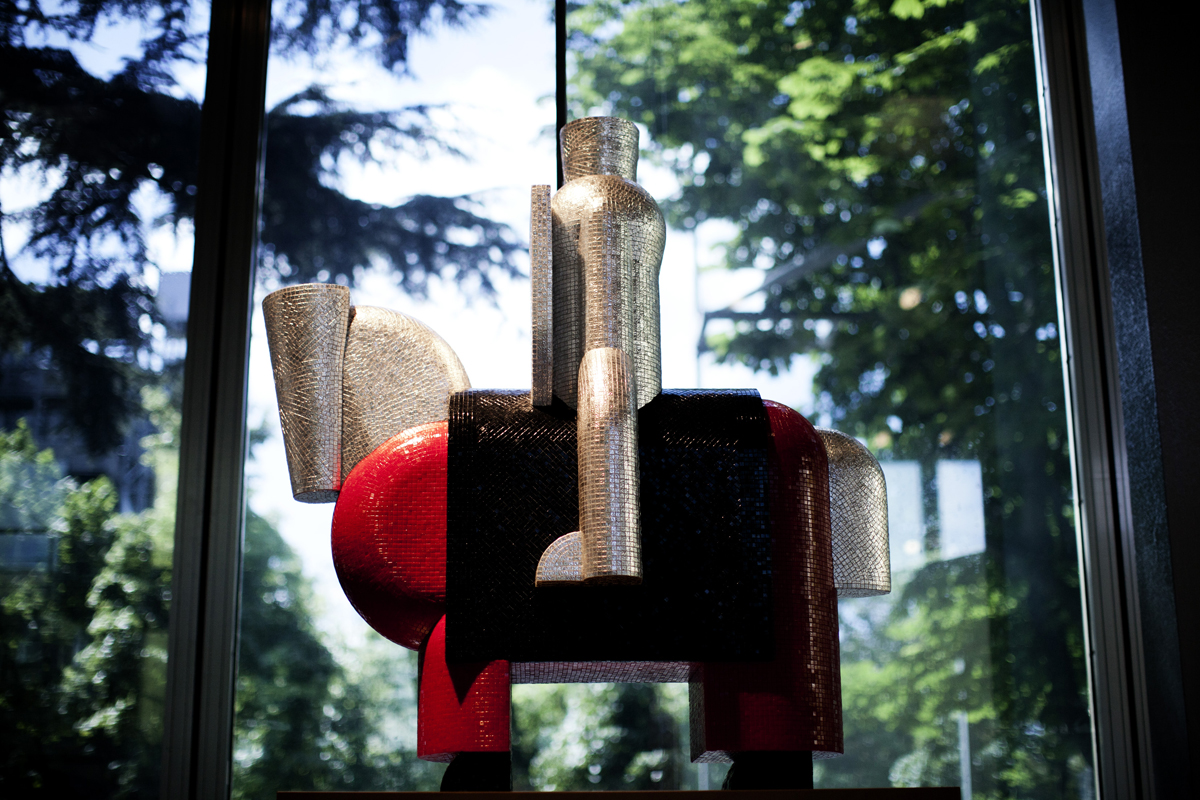
Alessandro Mendini, Il Cavalier Di Dürer, 2011
Collection of the Fondation Cartier pour l’art contemporain, Paris (acq. 2012)
© Alessandro Mendini
Photo © Thomas Salva / Lumento
It could only be a small sample. Working directly with artists, the Fondation Cartier has commissioned over a 1,000 pieces and organized over 100 exhibitions since its creation. But while modestly-sized, this sample gives a good idea of the scope, ambition, and eclecticism of the organization’s artistic direction—first devised by Marie-Claude Beaud (now at the Nouveau Musée National in Monaco), and, since 1994, led by Hervé Chandès.
The ground floor is full to the brim with artworks, each of which functioning as a kind of souvenir. Marc Newson’s earth-bound plane Kelvin 40, realized for the designer’s solo show in 2004, proudly takes center-stage—a celebration of the power of form and imagination over trivially utilitarian concerns. The legendary Italian architect and designer Alessandro Mendini shows a take on Albrecht Dürer’s engraving Knight, Death and the Devil . It is reborn here as an equestrian statue covered, Memphis-style, with colorful mosaics. Mendini first came in contact with the foundation via a group show in 2001. He was then invited for a solo show (Fragilisme in 2002) and has been closely involved with many other initiatives ever since. This includes Mémoires Vives for which he designed what is described as a “wall-object,” a brightly colored panel displaying, and responding to, Peter Halley’s Neo-Geo painting Code Warrior. Cult filmmaker David Lynch, whose little-known paintings, drawings, and sculptures were shown for the first time at the foundation in 2007, has conceived a monumental screen to presents films by the likes of Beatriz Milhazes, John Maeda, and Raymond Depardon.

Marc Newson, Kelvin 40, 2003
Collection of the Fondation Cartier pour l’art contemporain, Paris
© Marc Newson Ltd
Photo © Daniel Adric
Mémoires Vives is, unashamedly, all “Greatest Hits.” Don’t look for a theme here. The point of the show lies elsewhere: to emphasize the daring interdisciplinary approach the foundation has ceaselessly championed from its Hommage à Ferrari exhibition in 1987 to today. More recently, there was Mathematics, A Beautiful Elsewhere (2011)—a showcase of research by mathematicians and artists side by side—or Show and Tell (2012), which presented artists operating in the margins of the official art world, such as the Brazilian Véio. (His zoomorphic and anthropomorphic sculptures are a highlight of Mémoires Vives.)
The Fondation Cartier is a trailblazer—it sets its own rules. Among these is the foundation’s legally inscribed right to resell artworks from its collection, a true statement of independence in France, where museums are strictly forbidden to part with pieces from their holdings. The organization has also played a significant role in shaping up the legislation that governs and encourages art patronage in the country, most notably via a report commissioned by France’s ministry of culture to Perrin in 1986. But it is the foundation’s commitment to dialogue between fields, and between artists and thinkers, that will no doubt remain its most influential contribution. The last Venice Biennale’s celebration of curiosity in all its forms only validated the approach the Fondation Cartier had chosen for itself, decades earlier.


